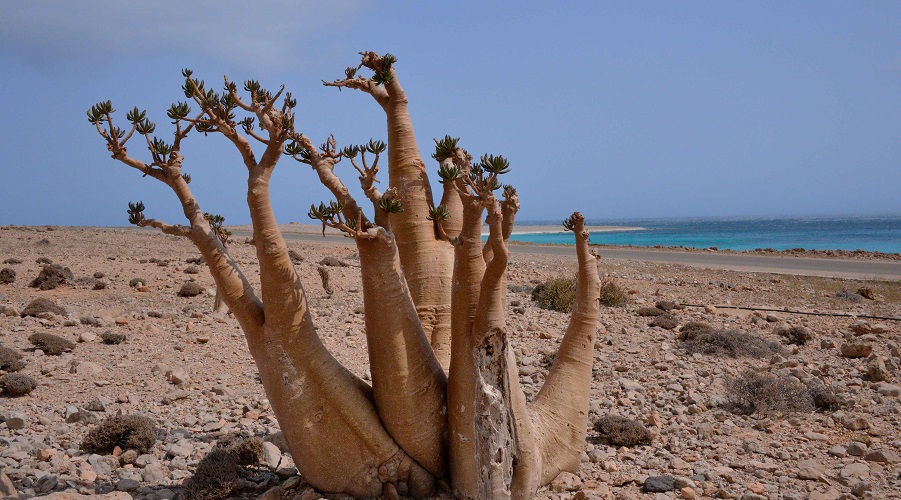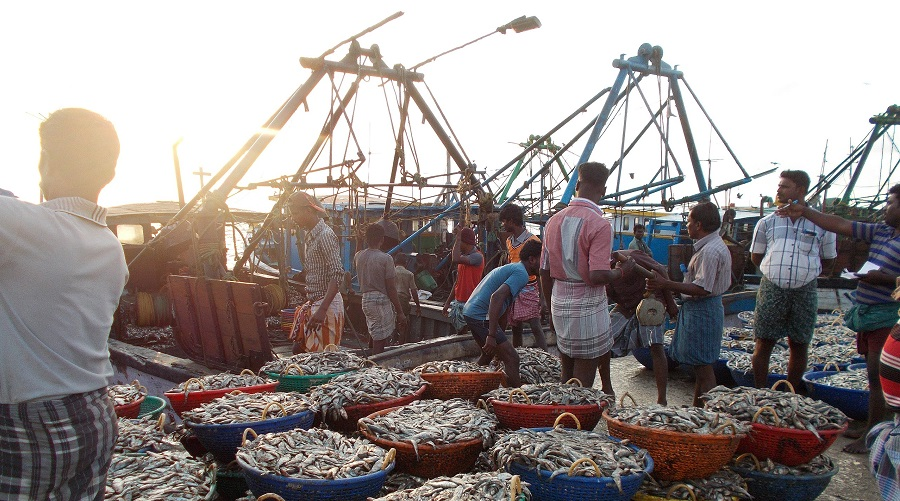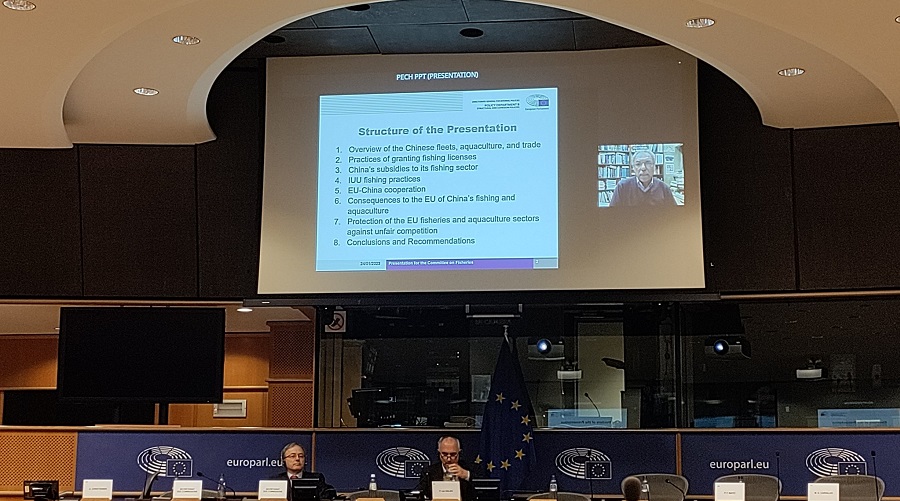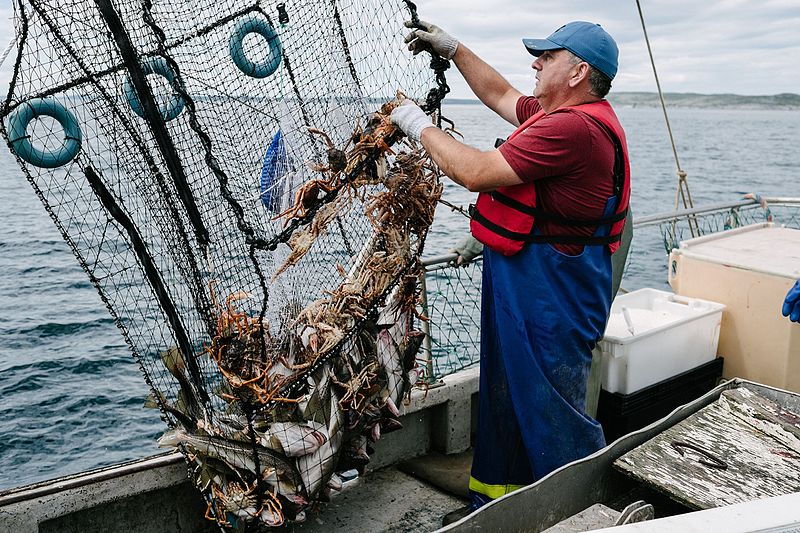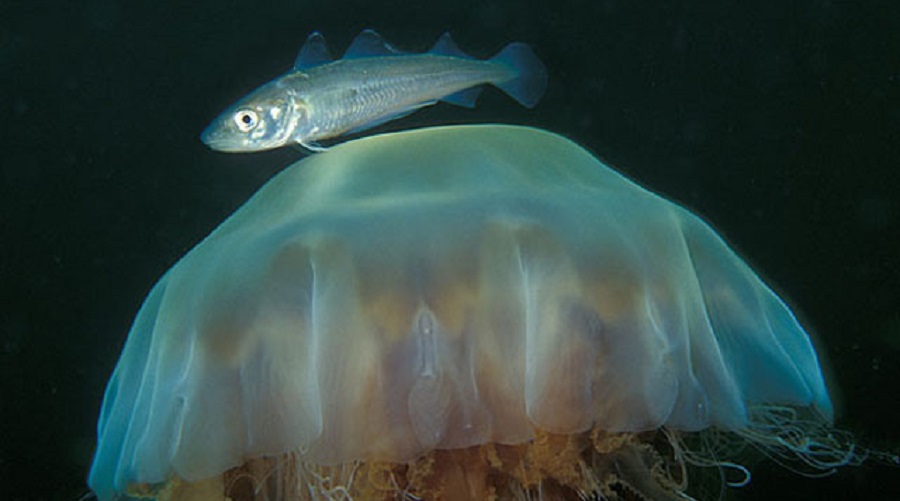
Whiting is among the demersal fish found in the eastern North Atlantic Ocean. Photo by Borut Furlan, taken from the website of our sister project FishBase.
Fish that live on or near the seafloor -known as demersal or groundfish- barely feel the impact of marine heatwaves, according to new research that highlights the need to keep seas from warming further.


